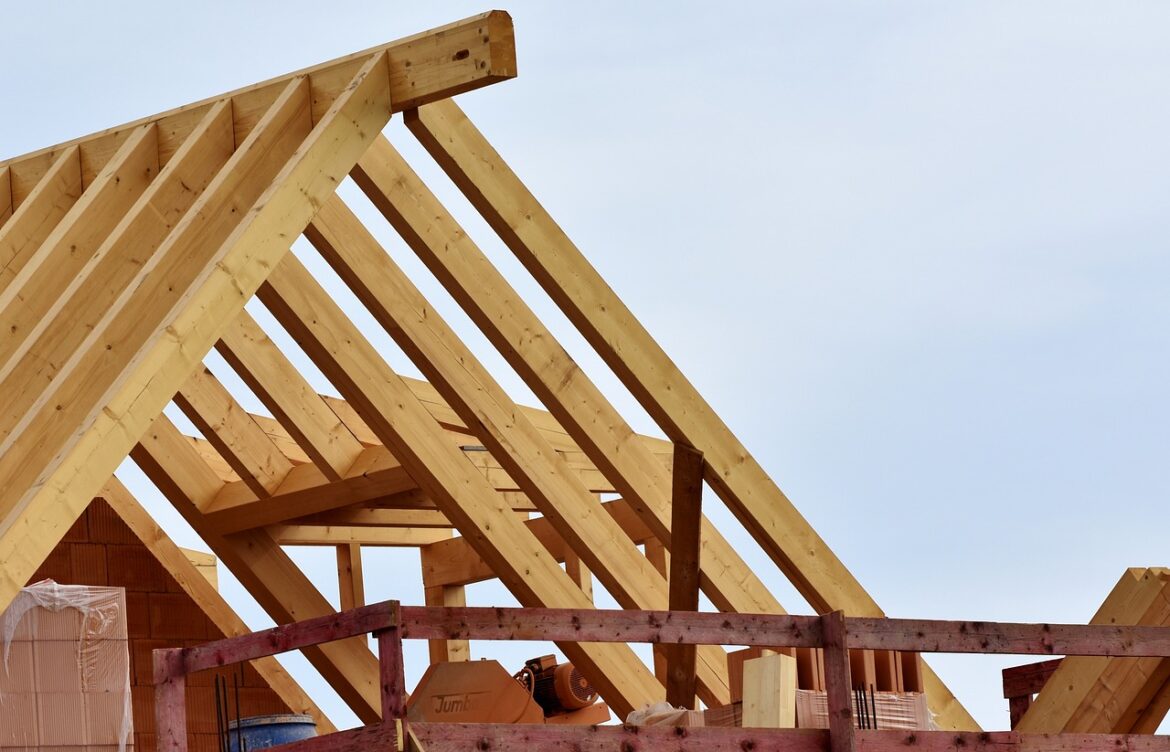2025 has been a whirlwind year for construction supply chains, with shifting tariffs and soaring material prices rattling the industry. But amid these challenges, smart firms are adapting by sharpening their strategies and embracing new approaches to keep projects on track. Here’s a closer look at the real-world impact and practical solutions that are shaping construction supply chains today.
The Tariff Turbulence and Its Ripple Effects Imagine navigating a road littered with unexpected toll booths—that’s what construction firms face with the recent reinstatement and expansion of tariffs on materials like steel, aluminum, and lumber. Since these materials often cross borders—especially imports from Canada, Mexico, and China—a 25% tariff hike means suddenly paying significantly more to build homes, offices, or infrastructure.
This surge is no small bump; it hits hard in companies’ budgets, squeezing margins and boosting project costs. Homes are getting smaller or modular to offset costs, and bids now have shorter lifespans, forcing builders to act quickly and adjust plans on the fly.
Material Pricing – The Lumber Example Softwood lumber, a staple of residential and light commercial construction, perfectly illustrates these pressures. With over 85% of U.S. imports coming from Canada, tariff shifts directly elevate lumber prices and create supply uncertainty. Builders see tighter profit windows and must contend with the risk of stalled or scrapped projects if costs keep climbing.
Strategies That Bring Balance to the Chaos Experts suggest several tactics to weather the storm:
- Lock in Long-Term Supplier Contracts: Securing deals ahead of time provides price stability.
- Diversify Supply Chains: Working with multiple vendors helps avoid dependence on any single source that might be disrupted.
- Use Material Escalation Clauses in Contracts: These allow for flexible pricing based on market shifts, sharing risk between contractor and client.
- Fine-Tune Forecasting: Better predicting price trends helps firms plan purchases and budgets smartly.
- Coordinate Project Timelines & Funding: Aligning milestones with funding reduces costly delays.
These practical moves, alongside contingency funds to manage unexpected expenses, help firms transform uncertainty into manageable risk.
Emerging Tech and Innovation in Logistics Beyond traditional strategies, technology is stepping up. Warehouses are turning smart with robotics moving inventory directly to workers and AI systems ensuring precision sorting and delivery. Wearables like smart glasses guide workers efficiently, cutting errors and fatigue.
Additionally, there’s a rising trend toward sustainability with circular supply chains that reuse materials, helping reduce waste and costs. Urban micro-fulfillment centers are popping up to speed up last-mile deliveries and shrink carbon footprints.
Sector Insights and What to Watch Infrastructure projects are also navigating new challenges: while public projects remain steady, risk aversion and debt pressures mean heightened scrutiny. Meanwhile, faster-growing sectors like transportation and recreation see a pickup, offering shifting opportunities for contractors ready to pivot.
Bottom Line: Flexibility is the Name of the Game 2025’s construction supply chain story is one of volatility but also resilience. Firms that combine clear-eyed risk management with tech adoption and supplier diversification can keep projects moving despite tariff storms and price spikes.
As one expert put it, “It’s about steering your ship through choppy waters by trimming sails, charting new courses, and using every instrument available. Those who flex and innovate won’t just survive — they’ll come out stronger.”
For construction decision-makers, embracing these real-world lessons isn’t optional. It’s essential to thriving in this new, unpredictable landscape.
With tariffs, material costs, and logistics evolving fast, staying informed and adaptable will be the surest foundation for success in 2025 and beyond.
References:
- https://www.credaily.com/briefs/supply-chain-disruption-strategies-for-construction-firms/
- https://www.bdcnetwork.com/home/blog/55298563/construction-costs-in-2025-tariffs-uncertainty-and-what-comes-next
- https://talkinglogistics.com/2025/06/20/above-the-fold-supply-chain-logistics-news-june-20-2025/
- https://pro.billdr.co/blog/2025-state-nonresidential-construction-trends-us
- https://networkon.io/resources/blog/logistics-industry-2025-trends-technologies-and-transformative-examples/
- https://www.worldconstructiontoday.com/news/2025-construction-tariffs-impact-on-u-s-construction-industry/
- https://ivypanda.com/essays/words/400-words-essay-examples/
- https://supplychaindigital.com/articles/gartners-top-25-global-supply-chain-2025



